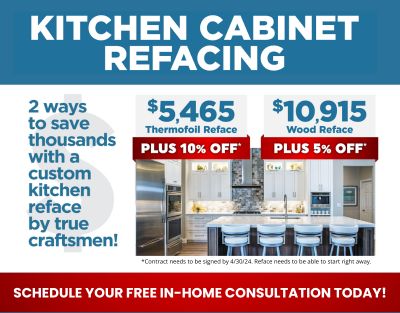Installing A Tennis Court

Are you considering renovating your property to include a tennis court? If you are an avid tennis player, you know how great it would be to step outside and be on your own court. No waiting for a free time in a club schedule and the ability to practice whenever you want is worth the investment alone. So, if you are considering such a remodeling project, here are some things to consider:
Installing a concrete tennis court offers plenty of benefits, delivering enduring performance unmatched by its main opponent, asphalt. The decision to install a top-of-the-line concrete court is just the beginning, however. It’s important to make sure your backyard space can accommodate the layout you have in mind.
Here are the key factors to consider when remodeling to add a tennis court:
Size: The overall size of a regulation tennis court for doubles play is 60 x 120 feet (per the International Tennis Federation). However, you must allow additional space around the court perimeter to give us room to work and to permit the installation of drainage, landscaping, and fencing. We recommend leaving at least 12 feet between the court sidelines and the closest fixed obstructions, and 21 feet between the baselines and fixed obstructions. Where space is limited, we can downsize to a slightly smaller court. ITF recommends a minimum court size of 56 x 114 feet. An NBA/NCAA regulation full-size basketball court is 94 feet long and 50 feet wide. For yards without enough room for a pro court, half courts can suffice for one-on-one games.
Orientation: The time of day you plan to use the court and your geographic location will determine the best orientation for your court. If the court is to be used consistently throughout the day, we recommend a north-south orientation for your remodel as the best compromise between the extremes of early morning and late afternoon sun angles.
Sloping and drainage: Proper slope of the subgrade is critical to allow water drainage away from the court. The ground should be reasonably level, preferably on the same plane or higher than adjacent land.
Hard or soft court: One of the most important factors influencing your game is the type of surface you play on. The characteristics of the court surface not only affect how fast the ball bounces, but also contribute to your comfort and ease of movement. The International Tennis Federation has tested the typical ball speed for various court surfaces and classifies them as slow, medium, or fast. Generally, a hard concrete surface-with no surfacing system applied provides a fast speed of play. But if that’s not your preference or you want a more resilient surface to reduce the impact on your joints, a proliferation of acrylic color coatings and cushioning systems are available that allow you to adapt the court surface to your style of play.
Color and surfacing: Acrylic color coatings are a combination of acrylic latex resins, pigments, and silica sand (for texture). Dark court surfaces provide better ball visibility because they contrast with yellow or white tennis balls and reduce sun glare. Two-tone color schemes more clearly define court boundaries. The color with the lowest reflectance (generally the darker color) should be used within the court boundaries. If you usually play during the day, lighter colors will absorb less sunlight and minimize a buildup in surface temperature. For night play, surfaces with low reflectance will require more lighting to illuminate them.
To protect the court from the elements, enhance its appearance and improve foot traction, consistency in ball bounce and even speed of play, the amount, type, and size of sand used in the coating is adjusted. To improve bonding of the coating, the concrete surface should have a broom finish (a lightly textured profile obtained by pushing a broom over freshly placed concrete).
Cushioned surfacing systems consist of one or more layers of cushioning material (usually rubber or plastic fillers) that result in a resilient surface with good traction and ball response. These systems are popular for tennis courts because they allow for longer playing times by absorbing impact and reducing muscle fatigue. Modular tile systems offer the benefits of long service life and minimal maintenance. These systems feature interlocking, 12-inch-square tiles made of high-impact polypropylene. The tiles rest slightly above the base surface to allow for better drainage and eliminate puddling.
To discuss renovation of your property to add a tennis court, please call us at Cornerstone Builders today. We will be happy to come out to your site to discuss the court or any other remodeling project with you.

